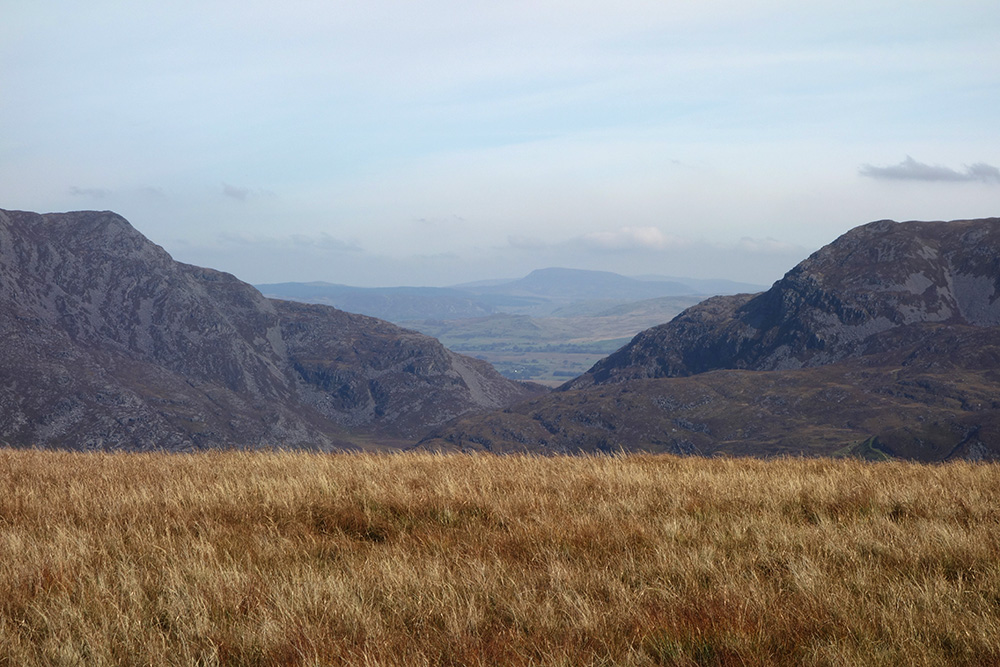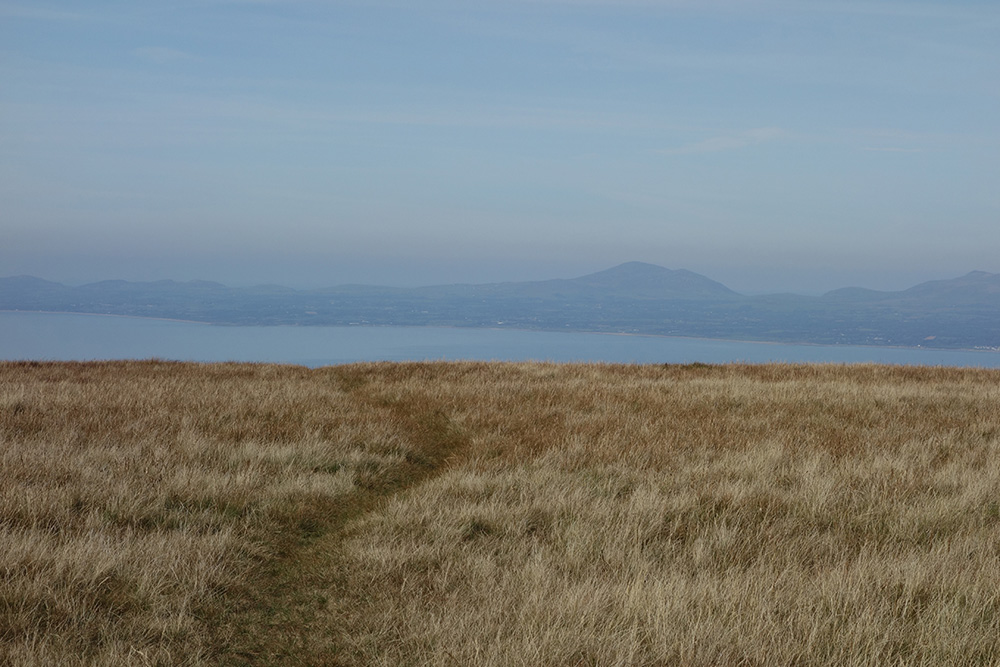The same leap of the spirit carries me up. God or no god, I am fey again
– Nan Shepherd
Nothing in the world
is as soft and yielding as water.
Yet for dissolving the hard and inflexible,
nothing can surpass it
– Tao Te Ching
The Welsh word Rhinog means threshold, and the hills fit the idea. It’s a favourite area of mine where I’ve walked and camped for fifteen years. Sometimes sleeping in the hills, and there’s a place for it I won’t disclose; otherwise at camp sites.
The first, where I used to go, is near to a lake and ancient trees where you feel Merlin the Magician could be sleeping. No one knows who he was or if he was based on a person but perhaps a shaman or Celtic wanderer. In spring, there’s a wonderful display of Menyanthes trifoliata or bogbean. The latter is not a pleasing name, but it’s an exotic flower.
After a few years I found a second camp site. The facilities are better and there are few midges (not so with the first) and it’s a ten minute drive to a pub, a basic shop, and a twenty minute drive to the sea. When I visit the Rhinogs I relax first at a beach, as a ritual reconnection with Wales. I like doing it after the drive.
I don’t know why the hills were named as a threshold. It may have been mythology, but the geography explains. Threshold, in the sense of walking into hills, but that applies anywhere. Threshold, a demarcation between land and sea, which they are. There are several hills notably Rhinog Fach and Rhinog Fawr. They’re set apart, not surrounded by other summits.
There’s a walk at my preferred camp site with more ancient oaks, interesting wild flowers, and erratic rocks. The word comes from the Latin errare meaning wander. Carried by glacial ice, they’re a curious sight making you think how did that get there? It’s a short climb, then you find the sea one side with the Rhinogs and Moelfre the other.
Moelfre is a pleasant walk with good and bad memories. When I returned from Corsica a few years ago it was a joy climbing the easy hill on a warm September day. Corsica was punishing. In all my years of walking it’s one trip I question. Did I not enjoy it? – it’s complicated. The mountains are beautiful, but the rough ground unpleasant. You must concentrate and watch your feet, can’t enjoy the stride of grass and path easily found in Britain. I ruined my sandals. Indeed, they weren’t suitable and if I’d known that would have walked elsewhere.
Another time I climbed Moelfre then aimed for a descending circuit around the countryside. The map I used wasn’t sufficient, I became lost, and finished with miles along a road when I was desperately tired. It’s bad dream unpleasant, mental and physical, as you’re thinking ‘I really want this to stop’ but it doesn’t.
Moelfre is the most distinctive hill from the seaside areas because the Rhinogs are further back. There’s a sparkling river where you see Moelfre peeping above. I like the combination. You feel the river is informed by the hill, carrying its message and power. The modern part of me knows this is nonsense. The Merlin part of me, sensing and inventing, says that’s how it is.
Technically, this kind of shot needs a slow shutter speed so the water is blurred. I took this hand held which is possible with a wide angle lens and careful manoeuvring. If possible, brace against a tree or rest your camera on a rock. If not, there are ways of doing it so shake is avoided. Tighten the camera strap around your hand. Breathe slowly or hold your breath as you press the shutter lightly.
River shots are often best with total blur. The subject reminds me of Taoist symbolism in the Tao Te Ching and I Ching, where water has a quality we should emulate. Soft water wears away the hardest rock. Be flowing water, not insistent rock. High in the Cairngorms, phenomenology explorer Nan Shepherd found the being of water terrifying. It just is, totally is, can’t not be itself; but she’s also admiring it.
Total river blur needs a tripod and long exposure. You may need a filter for that, reducing the light, so three seconds compensates. There’s no mystery to it, it’s technically simple to achieve; what makes it a good shot or not is composition. For my photograph, hand held, I used 1/30 of a second. The water effect is crystalline, reflecting the sun, which I like as a small area within grass and rock, with Moelfre above and a small intermediary tree.
Here are two more photographs from the summit of Moelfre.
Inland you see Rhinog Fach, Rhinog Fawr, and the Arenig hills. Seaward, there’s a faint path. There’s no need for it, but it shows the line people like to walk.
The distant land is the Llyn Peninsula, a pleasant area with attractive beaches. But if it’s warm and sunny, you find crowds and ice cream, definitely no Merlin.
I write like this is a magazine column. With research, references, and a lot of time. If you like it, perhaps you would support me.


